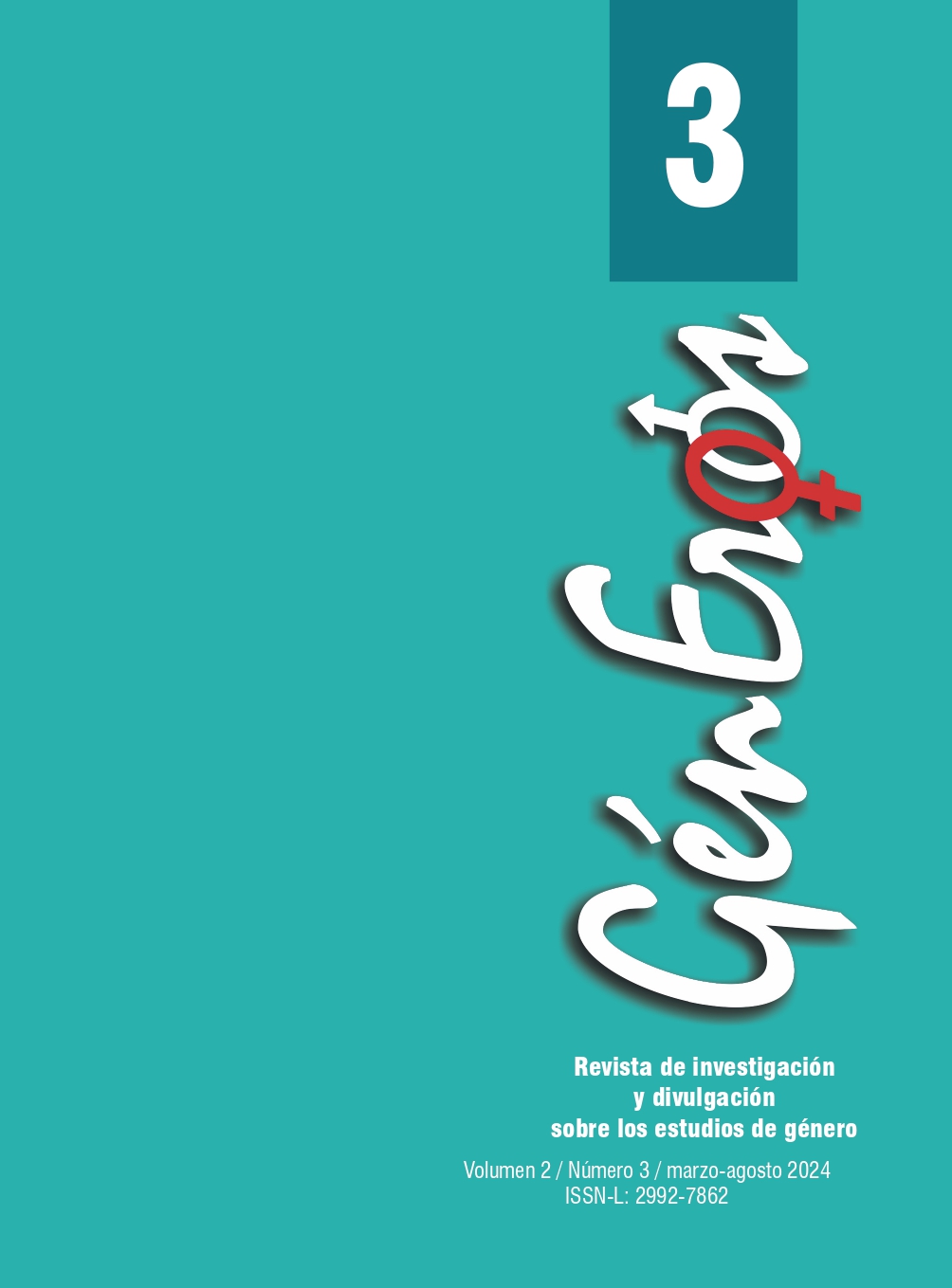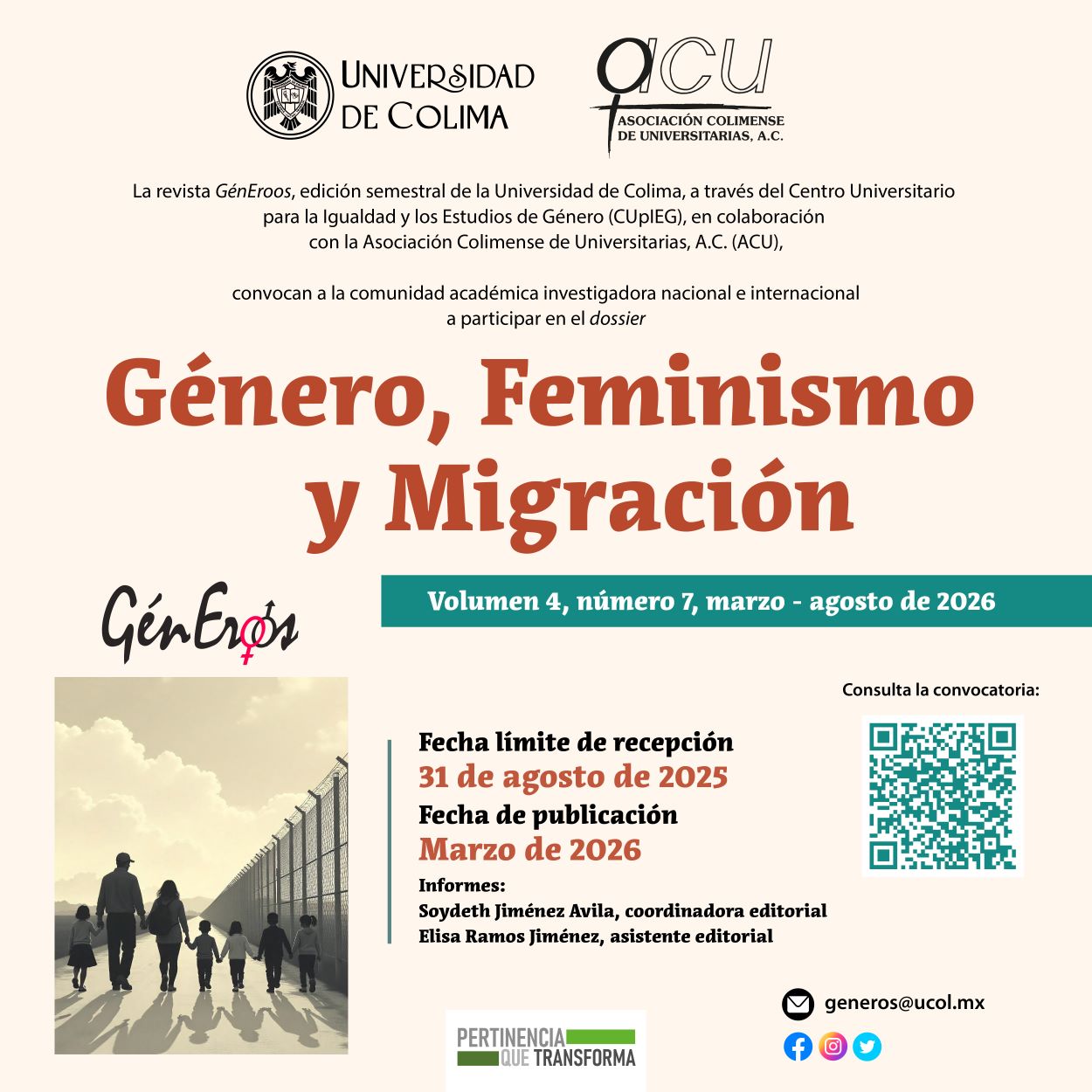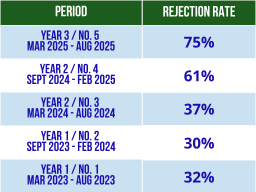Subaltern femininity in documentary cinema: Making films from affectivity and equity
DOI:
https://doi.org/10.53897/RevGenEr.2024.03.07Keywords:
feminist documentary cinema, subalternity, feminism, cinema with social impact, affectivityAbstract
This article tackles on the following ques-tion: Does documentary cinema have a positive impact on the lives of women in subaltern conditions? Through history, this film genre has been characterized by relationships of power and domination between filmmakers and characters in front of camera. This has been especia-lly evident when talking about women who belong to minority groups such as LGBTTTIQ+, indigenous or Afro-descendant communities, women who are under economic precariousness or women who, due to different situations, live in contexts of vulnerability and marginali-zation. Accordingly, it is argued that the relationships of equity, empathy and affec-tivity from the production and creation of non-fiction cinema are fundamental elements so that these works can become tools that trigger transformations in the lives of femininities under condition of subalternity, generating benefits for them both at the individual level and at the social level. Therefore, the categories of Cine Transculturado and Cine Subalterno, proposed by Pritsch (2017), are taken up as a starting point from which agents in front and behind cameras can develop relationships of affectivity and equity. This essay takes Latin-American documentary films as examples, studying the affective relationships that were generated between filmmakers and characters during the pro-duction process, the positive impact of the films on the communities and the people portrayed in them, and the fundamental relationship between those elements.
Downloads
Metrics
References
Ávila-Fuenmayor, F. (2006). El concepto de poder en Michel Foucault. En: Telos, 8(2): 215-234.
Bourdieu, P. (2015). El sentido social del gusto. Siglo XXI Editores.
Butler, J. (2007). El género en disputa. Planeta.
De Sousa, B. (2010). Descolonizar el saber, reinventar el poder. Trilce.
Herrera, S. (2015). Cine y violencia simbólica: La representación audiovisual del feminicidio en Ciudad Juárez en el género documental. En A.M. Sedeño Valdellós, P. Matute Villaseñor y María Jesús Ruiz Muñoz (coords.), Panorama del cine iberoamericano en un contexto global: historias comunes, propuestas, futuro (pp. 141-162). Dykinson.
Lagarde, M. (2005). Los cautiverios de las mujeres: madresposas, monjas, putas, presas y locas. Universidad Nacional Autónoma de México.
León, C. (2015). Regímenes de poder y tecnologías de la imagen. Foucault y los estudios visuales. En AKADEMOS, 1(1): 32-57. https://doi.org/10.18272/posts.v1i1.236
Mulvey, L. (2009). Visual and Other Pleasures. Palgrave Macmillan.
Piedra, N. (2004). Relaciones de poder: Leyendo a Foucault desde la perspectiva de género. En Ciencias Sociales (Cr), IV(106): 123-141.
Santamaría, B. (2021). Cosas que no hacemos | Conferencia de prensa. [Archivo de video]. YouTube. https://www.youtube.com/watch?v=ORKGrUh-0_I
Pritsch, F. (2017). Cine documental y subalternidad. Niveles de enunciación y modos documentales. En Cine Documental, 16: pp. 96-112.
Segato. R. (2003). Las estructuras elementales de la violencia. Universidad Nacional de Quilmes.
Spivak, G. (2010). Crítica de la razón poscolonial. Hacia una historia del presente evanescente. Akal.
Villareal, A. (2001). Relaciones de poder en la sociedad patriarcal. Actualidades Investigativas en Educación, 1(1): 1-17.
Paranaguá, P. (2003). El cine documental en América Latina. Cátedra.
Niney, F. (2015). El documental y sus falsas apariencias. UNAM.
Breschand, J. (2004). El documental: La otra cara del cine. Paidós Ibérica.
Nichols, B. (2013). Introducción al documental. UNAM.
Zevallos, M. (2021). Prólogo. En: J. Haidar (Ed.). Tejedores de sabiduría insurgente (pp. 28-41). ENAH, Analéctica.
Filmografía
Kaplan. L. (Directora). (2020). La vocera. Alebrije Cine y Video, Olas Altas Productora, Monstro Films.
López, S. (Directora). (2021) El compromiso de las sombras. Documental Ambulante AC.
Marán, L. (Directora). (2019). Tío Yim. Brujazul, Animal de luz, OA Sonido, Phonocular.
Rodríguez, C. (Director). (2006) Las estrellas de la línea. Guatemala, Producciones Sin Un Duro, Vértice 360.
Santamaría, B. (Director). (2021). Cosas que no hacemos. Foprocine, Ojo de Vaca.
Sojob, M. (Directora). (2019). Tote_Abuelo. Terra Nostra Films, Foprocine.
Published
How to Cite
Issue
Section
License
Copyright (c) 2024 Juan Carlos Bermúdez Rodríguez, Sara Manuela Duque García

This work is licensed under a Creative Commons Attribution-NonCommercial-ShareAlike 4.0 International License.
GénEroos Magazine allows you to share, copy and redistribute the material in any medium or format; adapt, remix, transform and build upon the material, crediting the work appropriately and providing a link to the licence, indicating if changes have been made.






















